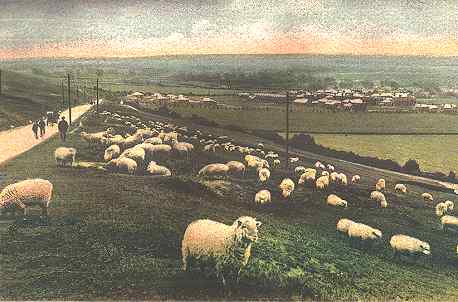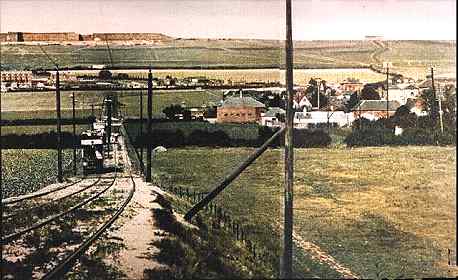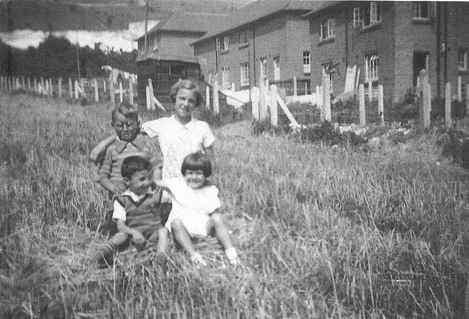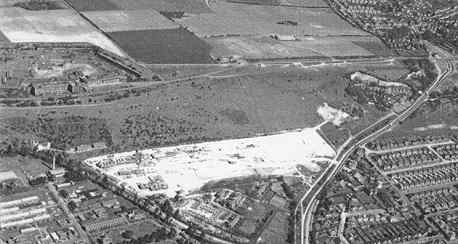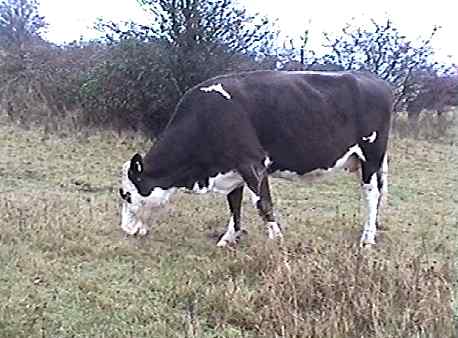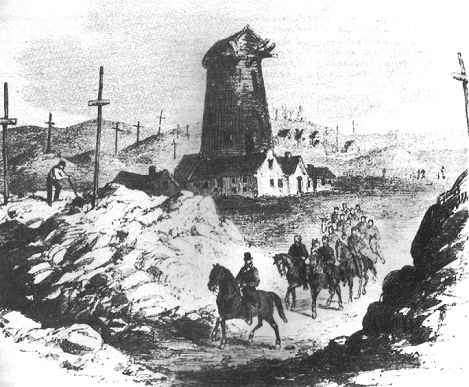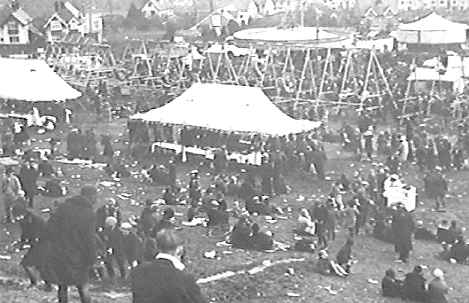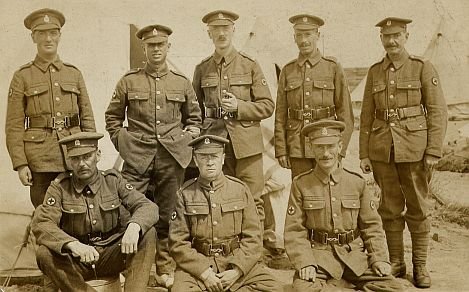|
But now I come to one of the great objects of my journey: that is to say, to see the state of the corn along the South foot and on the South side of Portsdown-hill. It is impossible that there can be, any where, a better corn country than this. The hill is eight miles long, and about three-fourths of a mile high [sic], beginning at the road that runs along at the foot of the hill.
On the hill-side the corn land goes rather better than half way up; and, on the sea-side, the corn land is about the third (it may be half) a mile wide. Portsdown-hill is very much in the shape of an oblong tin cover to a dish. From BEDHAMPTON, which lies at the Eastern end of the hill, to Fareham, which is at the Western end of it, you have brought under your eye not less than eight square miles of corn fields, with scarcely a hedge or ditch of any consequence, and being, on an average, from twenty to forty acres each in extent. The land is excellent. The situation good for manure. The spot the earliest in the whole kingdom. Here, if the corn were backward, then the harvest must be backward.
... I came on to WIMMERING, which is just about the mid-way along the foot of the hill, and there I saw, at a good distance from me, five men reaping in a field of wheat of about 40 acres. I found, upon inquiry, that they began this morning [2 August], and that the wheat belongs to Mr. BONIFACE, of Wimmering. Here the first sheaf is cut that is cut in England: that the reader may depend upon. It was never known, that the average even of Hampshire was less than ten days behind the average of Portsdown-hill.
The corn under the hill is as good as I ever saw it, except in the year 1813. No beans here. No peas. Scarcely any oats. Wheat, barley, and turnips. The Swedish turnips not so good as on the South Downs and Funtington; but the wheat full as good, rather better; and the barley as good as it is possible to be. In looking at these crops, one wonders whence are to come the hands to clear them off.
|
